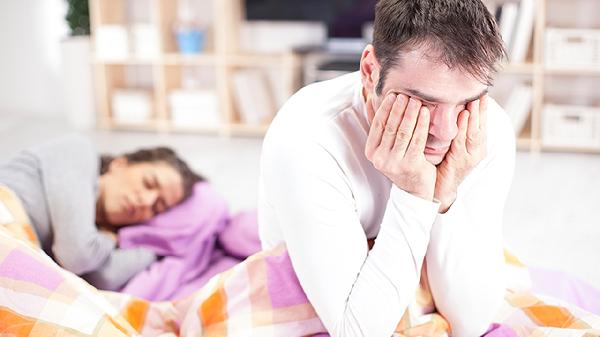Becoming a new parent is like signing up for the most exhausting yet rewarding job on the planet—one where the boss is tiny, demanding, and operates on a sleep schedule that defies all logic. If you're struggling to get more than a few hours of shut-eye between diaper changes and feedings, you're not alone. The good news? There are expert-backed strategies to help you and your baby sleep safer and sounder, even in those chaotic early months.
The Science of Baby Sleep (And Why Yours Is Suffering)
Newborns don’t follow a 9-to-5 schedule—their circadian rhythms are still developing, which means they wake up every 2-3 hours like clockwork. But here’s the kicker: their sleep cycles are shorter than adults’, so they transition between light and deep sleep more frequently. That’s why they wake up so easily—and why you’re constantly on high alert. The key to more protected sleep? Syncing your routine with their natural patterns while prioritizing safety. The American Academy of Pediatrics (AAP) emphasizes safe sleep practices like placing babies on their backs in a bare crib to reduce SIDS risk, but there’s more to the puzzle.
Master the Art of the Sleep Environment
Think of your baby’s sleep space like a minimalist’s dream: no fluffy blankets, stuffed animals, or bumpers. A firm mattress with a fitted sheet is all they need. Room temperature matters too—aim for a cool 68-72°F (20-22°C) to prevent overheating. Blackout curtains and white noise machines can work wonders for mimicking the womb and drowning out sudden sounds (like your overenthusiastic neighbor’s midnight karaoke session). For parents, earplugs or a white noise app can help you catch those precious Z’s during baby’s longer stretches.
The Swaddle Debate: To Wrap or Not to Wrap?
Swaddling can be a game-changer for calming the Moro reflex (that startling “falling” sensation that wakes babies up), but it’s not a one-size-fits-all solution. The AAP recommends stopping swaddling once your baby shows signs of rolling over, usually around 2-4 months. If you’re team swaddle, opt for lightweight, breathable fabrics and avoid over-tightening. Pro tip: Practice during the day so you’re not fumbling with blankets at 3 AM. For older babies, sleep sacks are a safer alternative that still provide cozy security.
Shift Work for Parents: Divide and Conquer
If both parents are home, split the night into shifts so each gets a solid 4-5 hour block of uninterrupted sleep. For example, one handles feedings from 8 PM to 1 AM while the other sleeps, then you switch. Single parent? Enlist a trusted friend or family member for a weekend shift so you can recharge. Remember: Sleep deprivation is like being drunk—it impairs judgment and reaction time. Trading off isn’t just nice; it’s necessary for safety.
Nap Like a Pro (Yes, Even Parents Need Them)
“Sleep when the baby sleeps” is cliché because it’s true. Forget about laundry or emails—your mission is to rest whenever possible. Short, frequent naps (20-30 minutes) can boost alertness better than one long, elusive stretch. If you’re breastfeeding, side-lying nursing in a safe co-sleeping setup (think: firm mattress, no pillows near baby) can help you doze while baby eats. Just avoid sofas or recliners—they’re risky for accidental co-sleeping hazards.
Tech to the Rescue (Sort Of)
Wearable monitors that track baby’s oxygen or movement might ease anxiety, but don’t rely on them as a substitute for safe sleep practices. False alarms can spike stress, and the AAP warns they haven’t been proven to prevent SIDS. Instead, use tech smartly: Try apps like Huckleberry to log sleep patterns and predict optimal nap times, or invest in a smart bassinet that responds to fussing with gentle rocking.
When to Call in Reinforcements
If your baby consistently struggles to sleep or you’re experiencing extreme exhaustion, talk to your pediatrician or a sleep consultant. Conditions like reflux or tongue-ties can disrupt sleep, and sometimes a small adjustment (like elevating the crib mattress) makes a huge difference. For parents, chronic sleep deprivation can escalate into postpartum depression or anxiety—don’t tough it out alone.
Remember, this phase is temporary (even if it feels eternal). By blending safety smarts with strategic rest, you’ll all sleep better—and that’s a win for the whole family. Now go forth and nap like you mean it.
























